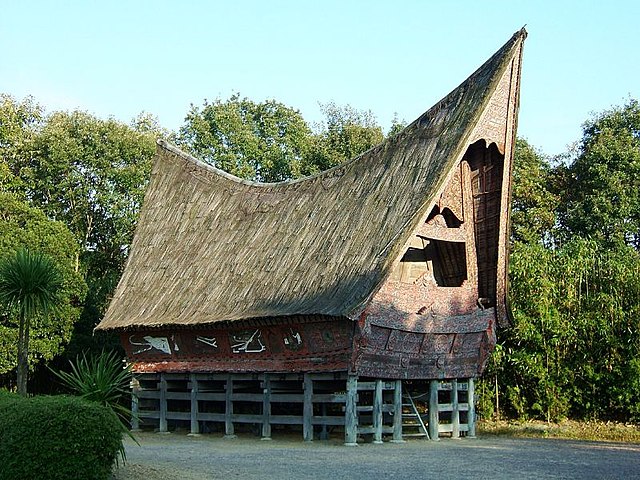Ida Laura Pfeiffer, née Reyer, an Austrian explorer, travel writer, and ethnographer, became a famous early female traveler; her bestselling journals were translated into seven languages. She journeyed an estimated 32,000 kilometres (20,000 mi) by land and 240,000 kilometres (150,000 mi) by sea through Southeast Asia, the Americas, the Middle East, and Africa, and made two trips around the world between 1846 and 1855. Though a member of the geographical societies of both Berlin and Paris, she was denied membership by the Royal Geographical Society in London as it forbade the election of women before 1913.
Ida Pfeiffer (photographed by Franz Hanfstaengl)
Image extracted from page 169 of Visit to Iceland and the Scandinavian North (Second edition), by PFEIFFER, Ida Laura. Original held and digitized by the British Library.
Illustration from "The Story of Ida Pfeiffer and her Travels in many Lands"
Ida Pfeiffer dressed for a collection foray with an insect net and a specimen container slung over her shoulder (lithograph by Adolf Dauthage).
Batak is a collective term used to identify a number of closely related Austronesian ethnic groups predominantly found in North Sumatra, Indonesia, who speak Batak languages. The term is used to include the Karo, Pakpak, Simalungun, Toba, Angkola, and Mandailing, related ethnic groups with distinct languages and traditional customs (adat).
Toba Batak male and female wearing traditional clothes
A traditional Toba Batak house (see Batak architecture).
Bark book with charms written in native Batak script, 1910.
Traditional boat (c. 1870), photograph by Kristen Feilberg.








